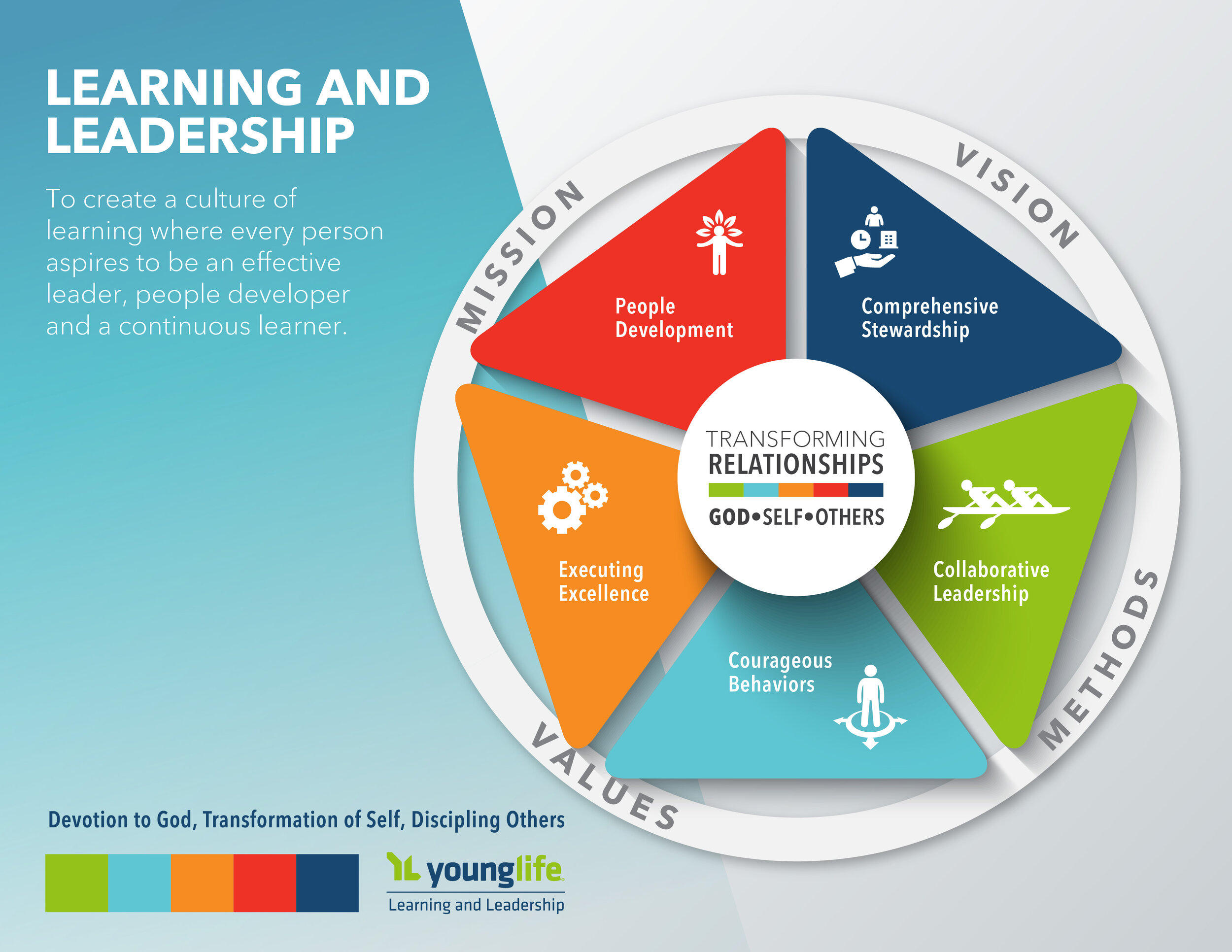Like them or not, it would be hard to argue that the New England Patriots have been a football dynasty for the better part of the last 15 years. In practice, their head coach, Bill Belicheck, is known for instilling the same simple message over and over. There are hundreds of memes about it, eye rolls from the haters, and a general understanding that he keeps beating a dead horse - but no one is arguing with the results. The message is that the team will win if each player zeroes in on the task in front of them, focuses on good fundamentals, and “does their job” on game day. The team keeps winning Super Bowls with some incredible talent and that simple formula. In Young Life, we’ve got the talent. Our people are second to none. But do we have that kind of focus on our fundamentals? How well do we really block and tackle?
I think we’d all agree that the basics of what we do are simple. We show up to where kids are, we get to know them through shared experience and friendship, we share the gospel when there is an opportunity, and we love them regardless of how they respond. Our role as volunteer team leaders, committee chairs, or staff people, is to coach and equip those volunteers to follow through on fundamentals. We get to help them focus and “do their job”, and if we do that well, we win the game.
One of the best venues we have to encourage this is in our team meetings. Team meetings are our practice field, and we serve our people when we give them a playbook for how to practice. Below you’ll find a bookmark you can print and give to your team leaders. The idea is to give them simple directions to practicing well.
Team Meeting Bookmark HERE
Set back by injuries and the loss of key free agents, the Patriots have been losing this year. In an attempt to change that story, at the end of the game a couple of weeks ago, Belicheck did something uncharacteristic. He drew up a trick play to try and win the game. Needless to say, it didn’t work, and when he was interviewed afterward, he shared that it was time to get back to the basics.
It’s been a tough season, and we might feel like we’ve been losing as well. Up to this point, we may have been trying to win with trick plays. While COVID-19 has taken a lot from us, I believe it has also presented us with an amazing opportunity. The loss of large-scale events has given us the chance to inspect our fundamentals. To get back to our core values by investing in equipping our leaders to spend time with Jesus, encouraging them to live in community with each other, and challenging them to pursue real relationships with kids. And it all starts with how we coach them in practice.
Jesus spent some time in large venues preaching the gospel, but he spent a lot more alone with the Father, on the practice field with the disciples, and ministering to groups of individuals as he traveled from town to town. My encouragement to you is to try out the bookmark. Use it to guide a team meeting and see if it helps you to “do your job” in a better or more fundamental way. We may be without the things we usually lean on, but with some focus and intentionality, we can use this season as an opportunity to get back to the basics and win some games.
Written by Matt Walker (ylmattwalker@gmail.com)













